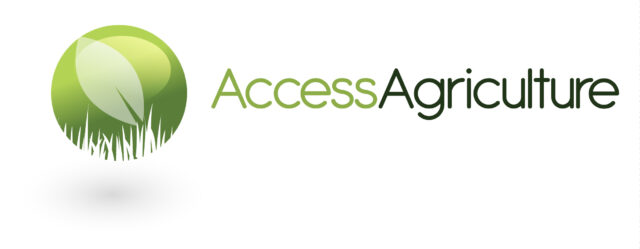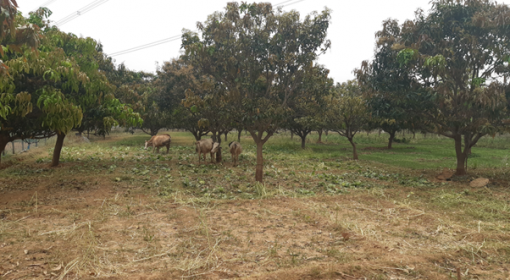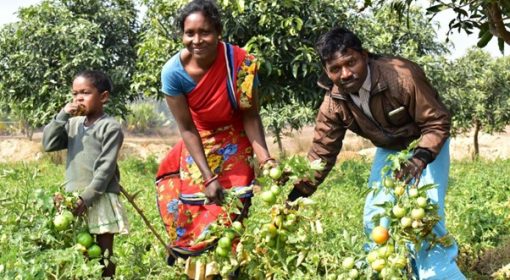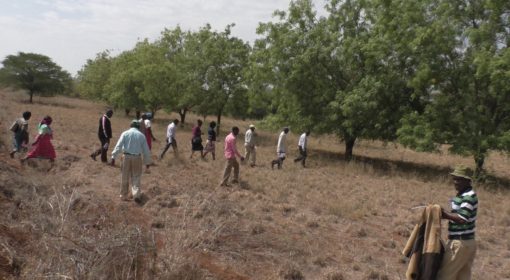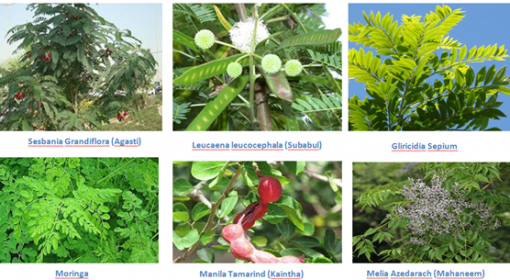By Paul Van Mele (Agro Insight)
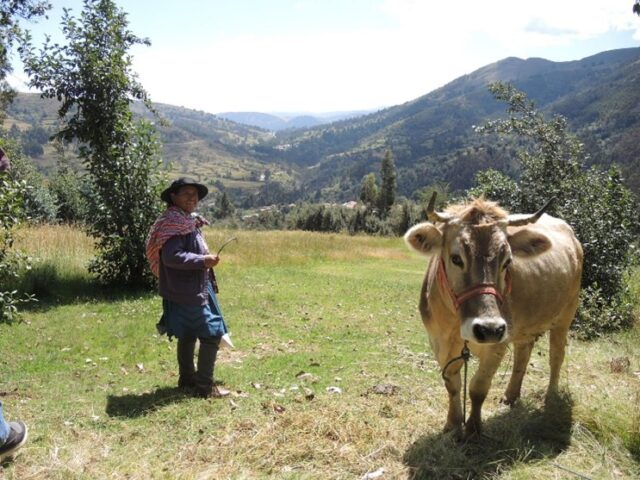 More than 10 years ago, a project in the high Andes in Peru set out to improve soil fertility with local communities. So, during a recent visit to the community of Colpar, in Quilcas municipality, we were surprised to hear rural women talk about how they had established a women’s association selling cheese and yoghurt. It seemed a long leap at first, but as we spent more time with the community we were reminded once more how development impacts can divert from initial intentions.
More than 10 years ago, a project in the high Andes in Peru set out to improve soil fertility with local communities. So, during a recent visit to the community of Colpar, in Quilcas municipality, we were surprised to hear rural women talk about how they had established a women’s association selling cheese and yoghurt. It seemed a long leap at first, but as we spent more time with the community we were reminded once more how development impacts can divert from initial intentions.
Jeff, Marcella and I had a chance to work with the local NGO Yanapai on a video about improved pastures. Farmers traditionally left their fields fallow for 10 years or more after they had planted potatoes for a year, followed by a year of oca, ulluco, broad beans or another crop. With increased pressure on the land, fallow periods shortened and soil fertility declined. The initial idea of the researchers was that by broadcasting seeds of legume fodder crops and improved grasses, such as rye grass after the last harvest, would help the soil recover its fertility faster. This idea, as creative it was, never quite worked out.
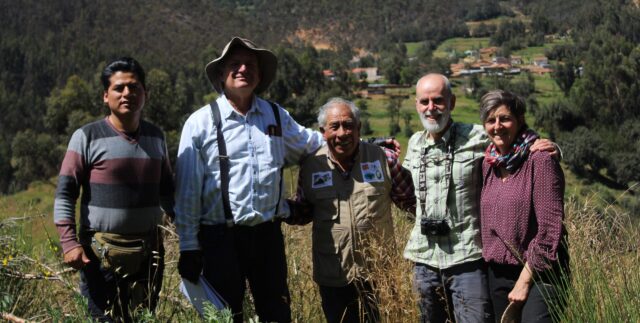
But the researchers and NGO staff did not give up and kept on engaging the farmers in their trials. Farmers gradually started to drive the agenda. Especially in areas where farmers had access to irrigation water, they began experimenting with mixed pastures, containing a mix of annual and perennial fodder legumes and grasses, such as oats, barley, rye grass, clover, alfalfa and vetch.
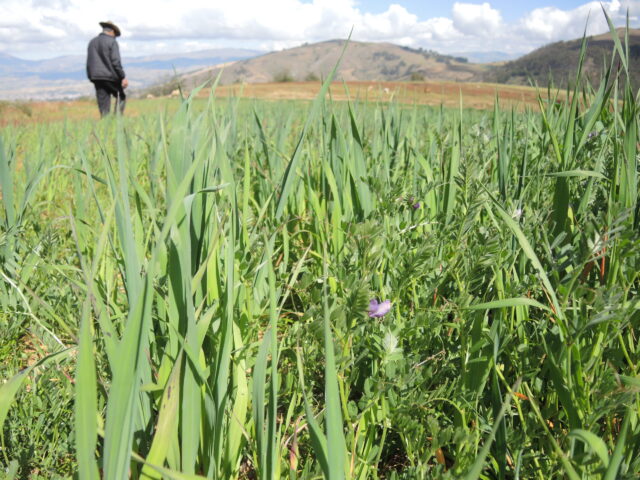
All farmers in Quilcas now have semi-permanent fields of fodder, which they establish at different times of the year to have feed all year round, as Ricardina Rodríguez, one of the local women tells us:
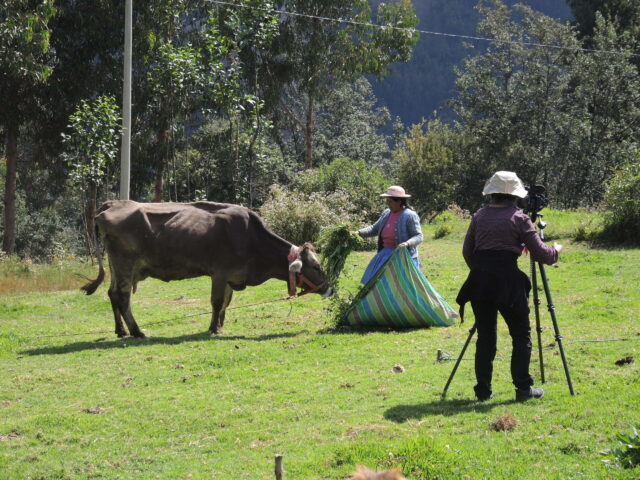 “Natural pasture dries up in the dry season, and there is nothing for the cows to eat. Planted fodder is there all year. We cut it every two months, and it maintains our cows.”
“Natural pasture dries up in the dry season, and there is nothing for the cows to eat. Planted fodder is there all year. We cut it every two months, and it maintains our cows.”
When we interview Herminio Rodríguez, he explains how their animals prefer a mix of fodder: “When you have a mix of pastures, they eat everything. And when you feed a mix with clover and alfalfa, the cows also give more milk.”
The farmers we meet all confirm that after 3 to 4 years the mixed pastures have improved the fertility of the soil, as the grasses with their abundant roots make the soil looser, while the legumes fix nitrogen from the air and as such benefit the subsequent potato crop. The farmers also add a bit of kitchen ash or composted manure after they cut fodder, which also improves the soil fertility.
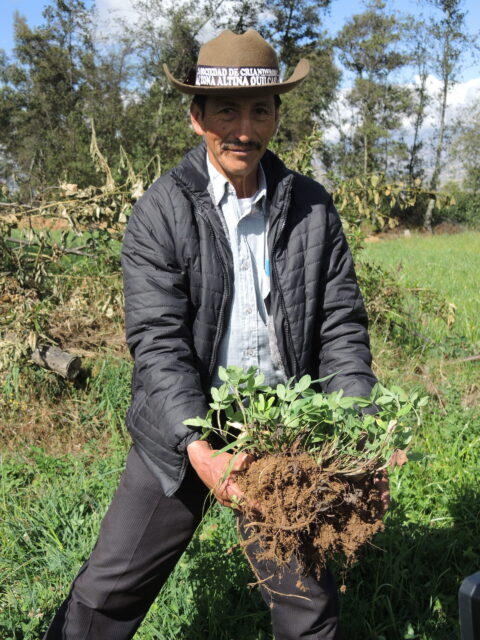
The project had evolved from enriching native fallow vegetation with improved fodder species, to one where farmers installed and cared for their pasture as if it were a crop, fertilizing, irrigating and harvesting it. Some farmers may even keep some of their fields under permanent fodder, as they feel the benefits of having good fodder outweighs the benefits of harvesting more potatoes.
With additional support of two other projects, including a local government project, that focused on livestock, fodder and irrigation, life in the community steadily improved, and women made the most of it. While they used to sell all their fresh milk to a buyer from the nearby town, they realized that they could make more money by making and selling their own cheese and yoghurt.
“We used to heat the milk with firewood, but now we use gas. We have our big pots, our cheese press. We improve all the time. And once a week we prepare cheese and yoghurt to take to the weekly market,” says Ricardina Rodríguez.
Lucía Ávila, another member of the association who we interview on camera, summarises it well: “I would tell all farmers that we should plant pasture to have better animals, and to have a little money. If you have a bigger guinea pig, they pay you well. If your bull is bigger or fatter, they pay you well. Cultivated fodder is better to improve our quality of life.”
By having an open mindset, a certain degree of flexibility and long-term support to work with farming communities, researchers working with local NGOs can have tremendous impact that goes way beyond what they had anticipated initially.
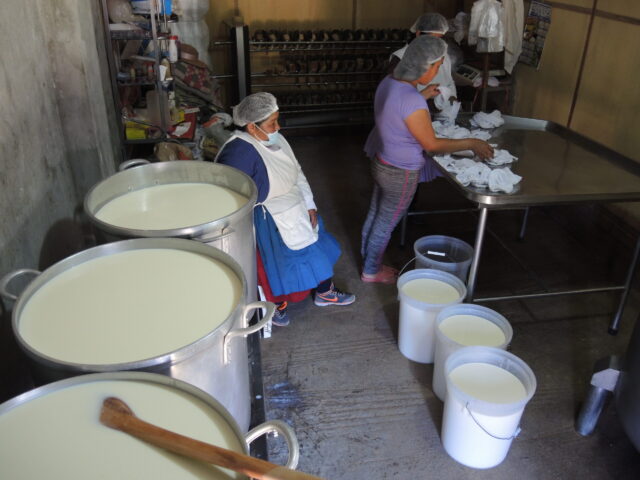
Watch the video on the Access Agriculture video platform: Improved pasture for fertile soil
Acknowledgements: The visit to Peru to film various farmer-to-farmer training videos with farmers like doña Ricardina, doña Lucía and don Herminio was made possible with the kind support of the Collaborative Crop Research Program (CCRP) of the McKnight Foundation. Thanks to Edgar Olivera from Grupo Yanapai for introducing us to the community, and to Erik Córdova Ramos for the photo of the Agro-Insight team with colleagues from Yanapai.
Training videos hosted by:
